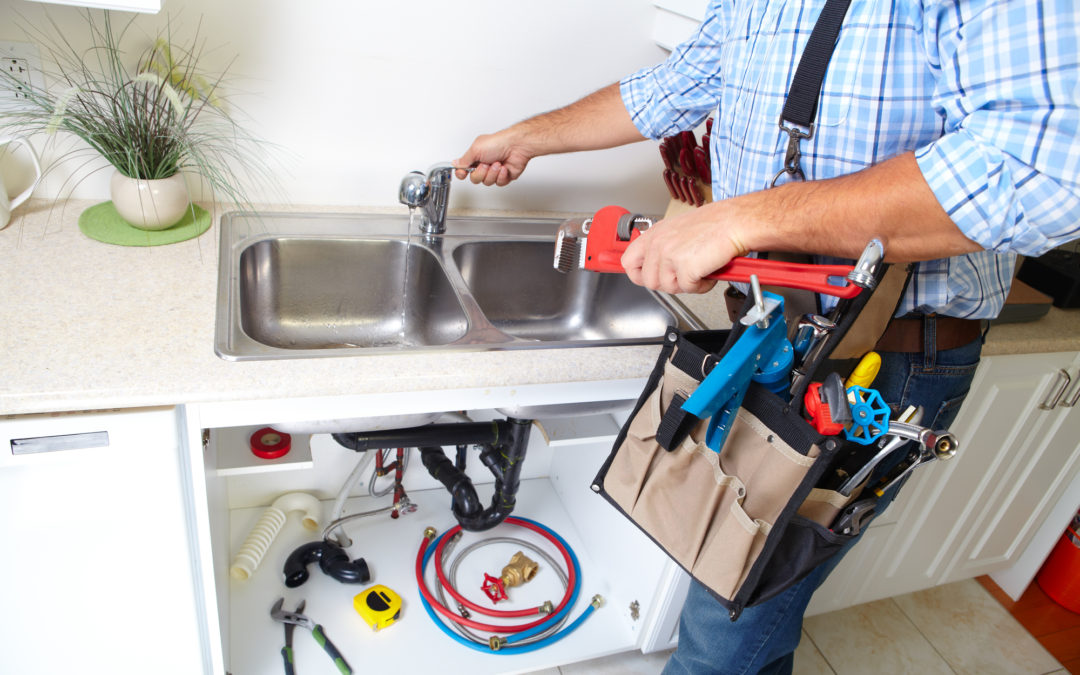
by Brandon | Jun 13, 2023 | News
As a landlord, you have many responsibilities – ensuring your units are clean, accessible, safe, and secure. One crucial aspect of providing security for your tenants is installing security cameras. However, it’s essential to understand the laws surrounding privacy when installing cameras in your properties.
In this article, we will discuss what landlords need to know about security cameras and privacy laws.
Why Install Security Cameras?
There are many reasons why you may choose to install security cameras on your property. Here are some of the most common reasons:
1. Crime Prevention – Security cameras act as a deterrent to crime. Many potential perpetrators will think twice about committing a crime if they know they are being watched.
2. Evidence – Security cameras can provide vital evidence in the case of a crime, helping law enforcement to catch the perpetrator.
3. Tenant Safety – Security cameras can help keep tenants safe by monitoring common areas, entrances, and exits.
4. Prevent Property Damage – Security cameras can help deter vandalism and other property damage.
What are the Privacy Laws Around Security Cameras?
While security cameras can provide safety and peace of mind, there are strict laws around their use. As a landlord, it’s crucial to understand these laws to avoid violating your tenants’ privacy.
The primary law governing the use of security cameras is the Federal Wiretap Act. This law prohibits audio recording of individuals without their consent. As such, security cameras that capture audio are generally not allowed.
The second law governing security cameras is the Video Voyeurism Prevention Act. This law prohibits the use of hidden cameras to secretly record individuals in private places such as bathrooms and bedrooms. As such, landlords must be transparent about the placement of their security cameras and obtain their tenants’ informed consent.
What Consents Should You Get From Your Tenants?
When installing security cameras, it’s crucial to get your tenants’ informed consent. Here’s what you need to do:
1. Write Down A Policy: Draft a policy outlining the use of security cameras on your property. Be specific about where the cameras will be placed and what they will be recording.
2. Inform Your Tenants: Once you have written the policy, inform your tenants about the cameras’ installation and provide them with a written copy of the policy. Explain why the cameras are being installed and how they will benefit your tenants.
3. Obtain Written Consent: Obtain written consent from your tenants, acknowledging that they have received, read, and understood the policy.
4. Offer Alternatives: Provide alternative options for tenants who do not consent to the use of security cameras, such as offering them a different unit that does not have cameras.
Conclusion
Installing security cameras on your property can provide many benefits, including crime prevention, evidence gathering, and tenant safety. However, it’s essential to understand and comply with the laws surrounding their use. The Federal Wiretap Act and Video Voyeurism Prevention Act regulate the placement of security cameras in rental properties.
As a landlord, it’s crucial to provide transparency and obtain your tenants’ informed consent before installing security cameras. Always be mindful of your tenants’ privacy rights and avoid using hidden cameras in private spaces.
In summary, to ensure you comply with the necessary privacy laws:
-Write Down & Provide Policy: Draft a policy outlining the use of security cameras on your property, inform tenants about it and provide them with a written copy of the policy.
-Obtain Written Consent: Ensure to get written consent from tenants who acknowledge that they have received, read, and understood the policy.
-Offer Alternatives: Provide alternative options for tenants who do not consent to the use of security cameras, such as offering them a different unit that does not have cameras.
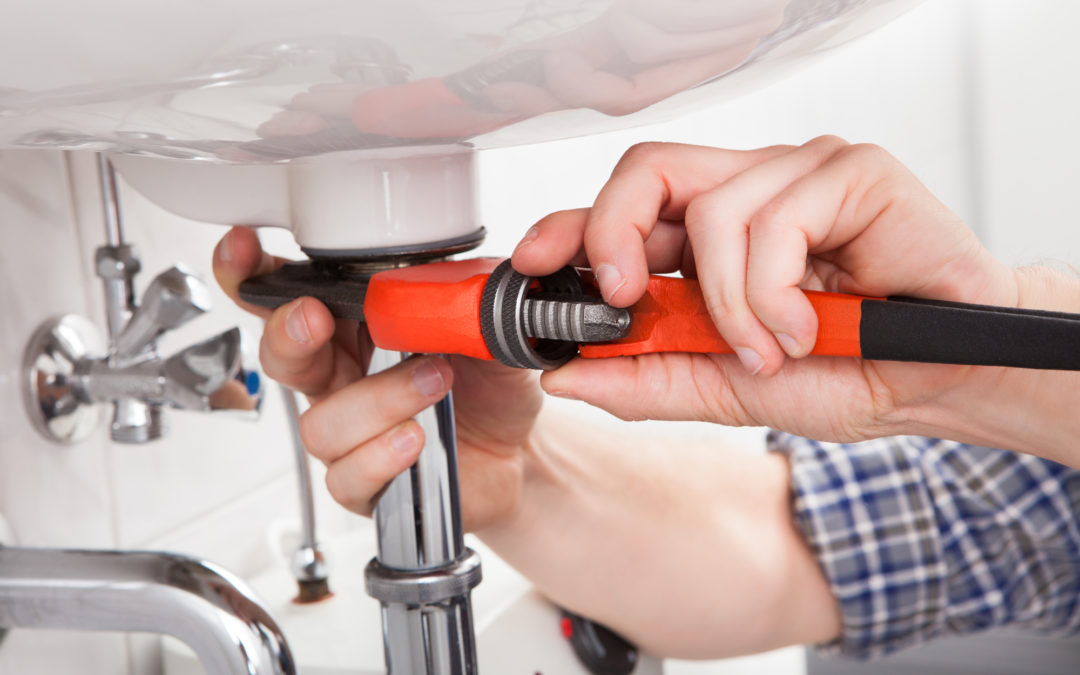
by Brandon | Jun 13, 2023 | News
As a homeowner, you’ll want to make improvements to your household’s plumbing system to save money on water bills and avoid expensive repairs. In this blog post, we’ll share with you six practical tips to help you improve your household’s plumbing.
1. Install Water-Saving Fixtures
One of the best ways to save money on water bills is to install low-flow fixtures. Low-flow showerheads, faucets, and toilets use less water without sacrificing performance, and they’ll help you save money over time. Older showerheads and faucets can use up to six gallons of water per minute, but low-flow models use less than two gallons per minute. You’ll be able to lower your monthly water bills by up to 60% with this tip alone.
2. Insulate Pipes
Insulating your household’s pipes is another way to save money and improve plumbing efficiency. Insulated pipes stay warm in the winter, preventing them from freezing and bursting. Insulation also helps to keep your hot water hot, reducing the need for your water heater to work overtime. Not only will insulating your pipes help you save money, but it’ll also extend the lifespan of your plumbing system.
3. Check for Leaks
One of the most important things you can do to maintain your household’s plumbing is to check for leaks regularly. Even small leaks can waste large amounts of water over time, causing your bills to skyrocket. Check all visible pipes, faucets, and fixtures for leaks and repair them promptly. If you suspect a hidden leak, such as behind a wall or under a floor, consult a professional plumber for help.
4. Replace Your Water Heater
Older water heaters can be a major source of energy waste in your home, driving up your bills and leading to frequent repairs. By replacing your water heater with a newer model, you’ll improve efficiency and reduce repairs. Tankless or on-demand water heaters are an excellent option since they only heat water when it’s needed, saving energy and money.
5. Avoid Septic Tank Mishaps
If your household relies on a septic tank for waste disposal, it’s essential to take care of it to prevent expensive repairs. Avoid flushing anything other than toilet paper and human waste, as anything else can cause clogs, backups, and damage to the septic system. Also, avoid pouring grease, oil, or other liquids down the drain, as they can solidify and clog your pipes or tank.
6. Consult a Plumbing Professional
If you’re unsure about making plumbing upgrades yourself, always consult a professional plumber. A licensed plumber has the knowledge and experience to spot potential problems, make repairs, and recommend upgrades that will save you money and improve your household’s overall plumbing system.
Conclusion
By following these six practical tips, you’ll be able to improve your household’s plumbing system and save money on water bills and repairs. If you need help making upgrades or repairs, or if you have any questions or concerns about your plumbing, don’t hesitate to consult a professional plumber. Remember to always encourage users to visit the website’s home page “aceplumbingrepair.com” or give the plumbing experts a call at this phone number “(844) 711-1590” for any plumbing services you may need.
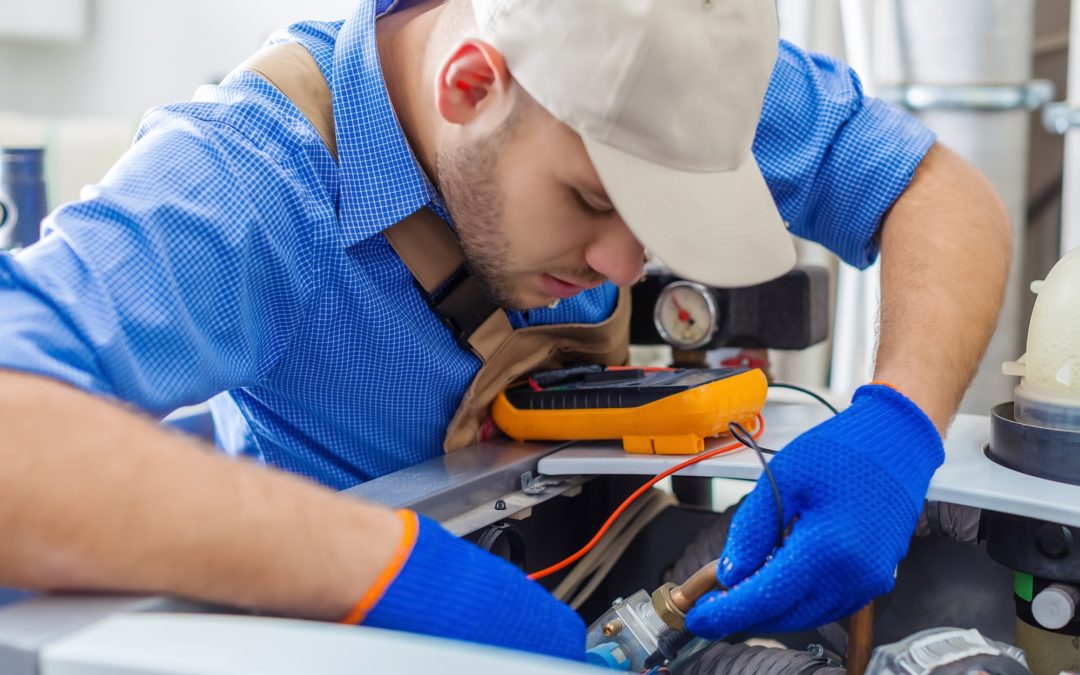
by Brandon | Jun 13, 2023 | News
Plumbing systems are essential components in homes and buildings since they supply clean water and remove wastewater. Regular cleaning of these systems is necessary to maintain their efficiency and prevent clogs and backups. Typically, plumbers use snake-like tools to remove blockages in pipes and drain lines. One such tool is the Flexi-Rooter 100. In this article, we will explore how attaching a camera to the Flexi-Rooter 100 can help plumbers see what they are cleaning.
What is the Flexi-Rooter 100?
The Flexi-Rooter 100 is a versatile drain cleaning tool that plumbers use to clear out tree roots, grease, and other debris in sewer and drain lines. The tool consists of a flexible cable with a variety of cutting blades attached to its end. The plumber inserts the cable into the pipe or drain and uses a motor to turn it, causing the blades to cut and remove any obstructions in the way.
The Flexi-Rooter 100 is a powerful tool, but it operates blindly. Once the plumber inserts it into the pipe, they have no way of seeing what is inside. This can lead to the tool causing damage to the plumbing system or leaving some debris behind.
Attaching a Camera to the Flexi-Rooter 100
One way to solve this problem is by attaching a small camera to the end of the Flexi-Rooter 100. The camera is mounted on an LED-lit head that captures images of the pipe’s interior and sends them to a monitor. This technology is known as CCTV (closed-circuit television) inspection.
With a CCTV inspection, the plumber has a better view of the inside of the pipe or drain they are cleaning. They can see the extent of the blockage and determine the best course of action to remove it. The camera can also reveal any damage to the pipe, such as cracks or leaks, that the plumber was not aware of before.
Benefits of a CCTV Inspection with Flexi-Rooter 100
1. Better Cleaning: With a clear view of the pipe, the plumber can cut and remove the blockage more efficiently and thoroughly. The camera also allows them to see if there are any remaining debris or buildup inside the pipe that needs further cleaning.
2. Prevent Damage: Plumbers can ensure that they do not damage the pipe or cause any leaks while using the Flexi-Rooter 100. The camera can identify any weak spots or cracks in the pipe so the plumber can avoid causing further damage.
3. Save Time and Money: Fixing plumbing issues can be time-consuming and expensive. By using a CCTV inspection with Flexi-Rooter 100, plumbers can quickly identify the problem and the extent of the damage. This means they can save time and money by focusing on the specific problem area rather than trying to clean the entire pipeline.
4. Accurately Identify Future Problems: A CCTV inspection with Flexi-Rooter 100 is an excellent preventative measure. The camera can identify any warning signs of future blockages or issues, allowing plumbers to clean them before they become major problems.
Conclusion
With the use of technology, such as CCTV inspection with Flexi-Rooter 100, plumbers can provide better service and more accurate cleaning. By attaching a camera to the tool, they can see what they are cleaning, prevent damage, save time and money, and accurately identify future plumbing problems. If you’re dealing with a clog or backup in your plumbing system, consider hiring a plumber who can use this technology to give you a better solution. Call Ace Plumbing Repair at (844) 711-1590 or visit aceplumbingrepair.com for more information.
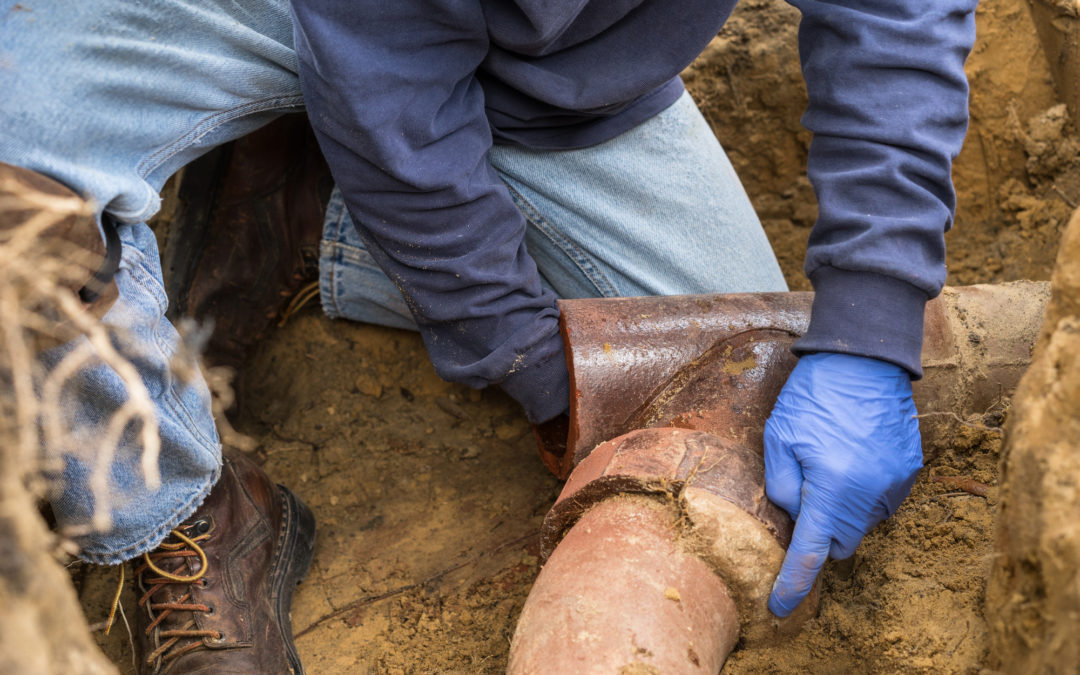
by Brandon | Jun 13, 2023 | News
Safe Piping Matters, a plumbing industry advocacy group, recently released a new report on the importance of firestopping pipe penetrations. Firestop refers to the systems designed to contain fire, smoke, and toxic gases in the event of a fire. In the plumbing industry, it is essential to ensure that firestop systems are installed correctly to prevent the spread of fire and safeguard lives, property, and the environment.
In the Safe Piping Matters report, they emphasized the importance of firestopping systems in plumbing applications. Home and business owners often overlook this critical aspect of plumbing installation, which may cause devastating consequences. The report discusses various firestop materials, systems, and installation procedures that plumbing contractors should follow for optimal fire safety in a building.
In general, plumbing pipes penetrate floors, walls, and ceilings of a building to provide heating, cooling, and water supply. These penetrations create openings that serve as air ducts, electric wires, and other utility systems behind the wall. In the event of a fire, these openings are pathways for fire, smoke, and toxic fumes to spread from one room to another, which in return then becomes hazardous for everyone in the building.
For this reason, firestopping of pipe penetrations should be an essential component of any plumbing system. Safe Piping Matters classify firestop products into two broad categories: flexible and rigid. Flexible firestop systems use sealants such as putties, foams, and sprays to fill voids around pipes, wires, and ducts, while rigid firestop systems use collars, boots, and wraps to limit the spread of fire. Additionally, there are specialty firestop systems specifically created for unique plumbing and HVAC applications.
Safe Piping Matters urges plumbing professionals to follow strict firestop installation guidelines. It begins with a survey of the job site to determine the correct system required before choosing the right firestop product. Further, pipes must be installed carefully with structural steel members and concrete walls wrapped with fire-resistive materials before making the firestop.
Ensuring firestop compliance is critical for building managers and owners who are responsible for ensuring the safety of their occupants. As a trusted plumbing contractor, it is crucial to maintain comprehensive knowledge of local fire codes and standard firestop practices when installing plumbing systems to ensure firestop applications are up to code.
In conclusion, proper firestop practices when installing plumbing systems can save lives and property. Building management, plumbing professionals, homeowners, and other stakeholders must take the necessary precautions to minimize the potential for fire and damages. Safe Piping Matters report should prompt contractors or property owners to double-check their plumbing and HVAC systems and set an appointment with Safe Piping Matters-accredited contractors to verify firestop systems’ compliance and safety.
Additionally, Safe Piping Matters-accredited contractors must embrace these new findings in their standard plumbing processes and communicate the importance of firestops to property owners, homebuyers, and renters to create awareness and to prioritize the installation of firestops in their homes and apartments.
If you require assistance with your plumbing systems or would like more information on firestop applications, visit aceplumbingrepair.com or give us a call at (844) 711-1590, and we’ll be happy to assist you with your plumbing-related inquiries.
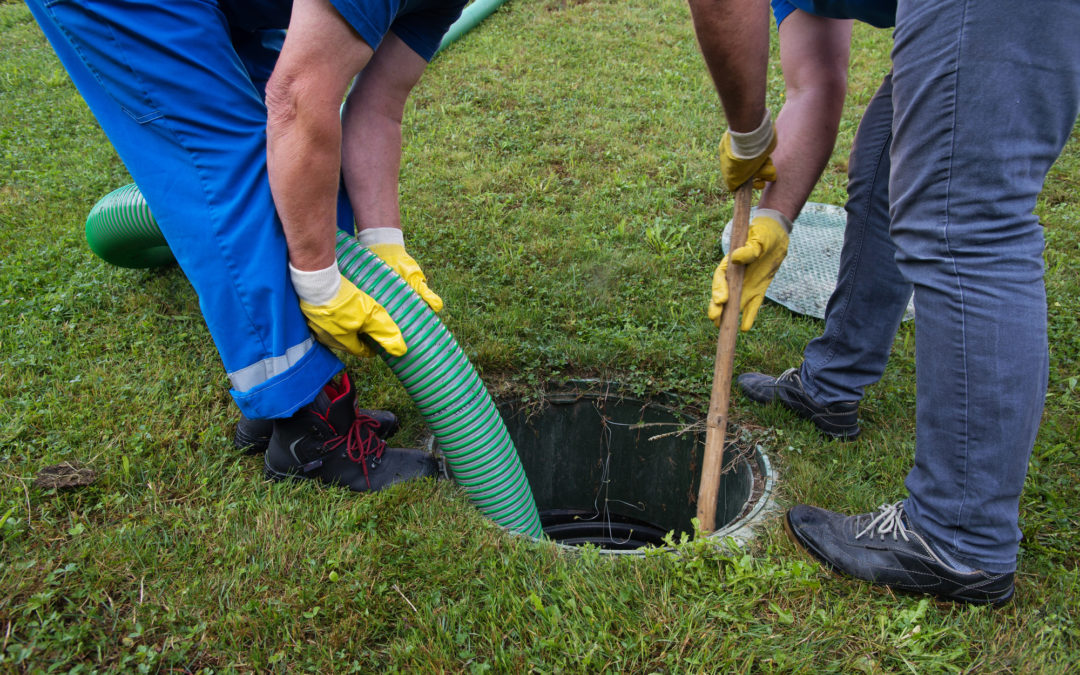
by Brandon | Jun 13, 2023 | News
As a homeowner, you always want your property to be in the best condition for you and your family’s safety and comfort. It is essential to maintain and check every part of your home, including the plumbing system. Plumbing issues can cause significant damage, from the smallest leak to the most severe water damage. To avoid expensive repairs, here are some of the most common plumbing issues you need to know.
1. Dripping Faucets
A dripping tap may seem like a minor issue, but it can waste water and add up to your utility bill. It may also grow worse over time and form rust stains. One reason for dripping faucets is a worn-out washer that needs replacement. If you don’t have the skills or tools to do it yourself, don’t hesitate to call your trusted plumber. They can also assess if the faucet needs immediate repair or replacement.
2. Clogged Drains
Clogs in the kitchen sink, bathroom, and shower drain can disrupt your daily routine and cause unpleasant odors. The common culprits of clogs are soap residue, hair, food particles, and grease buildup. You can use a plunger or a drain cleaner to unclog the drains. However, these options may not completely clear up the blockage and may only provide temporary relief. It’s best to schedule professional drain cleaning services to ensure the drains are free of debris and functioning correctly.
3. Running Toilets
Hearing your toilet continuously running can be frustrating and wasteful. A running toilet occurs when the flapper valve does not create a tight seal, allowing water to escape into the bowl. Other reasons may include a corroded overflow tube or a damaged fill valve. If you can fix the issue by replacing the parts yourself, that’s great. But if the problem persists, you may have to call a professional plumber to identify and repair the issue.
4. Leaky Pipes
Leaky pipes not only lead to water damage but also cause mold growth and potential health risks. The most common culprits of leaky pipes are high water pressure, aging pipes, and freezing conditions. While you may be able to identify the location of the leak, it’s best to call a plumber to check the extent of the damage and replace the damaged pipes immediately.
5. Water Heater Problems
Water heaters usually need maintenance after the winter season to ensure they can efficiently heat water. Water heater issues can range from inadequate heating to complete system failure. Inadequate heating usually occurs when the heating element or thermostat needs replacing. Besides, sediment buildup can cause noise, rust, and corrosion, leading to system failure. Regular maintenance and inspection can prolong the life of your water heater and prevent costly repairs.
6. Low Water Pressure
Low water pressure can affect the efficiency of your appliances, especially the dishwasher and washing machine. The common reasons for low water pressure include clogged showerheads or aerators, mineral buildup in the pipes, or a leak in the plumbing. A licensed plumber can trace the source of the problem and provide the best solution.
7. Sewer Line Backup
A backup in the sewer line can cause significant damage and health hazards to your family. Sewer line backup can occur due to debris buildup or damage to the pipes caused by tree roots or shifting soil. Signs of sewer line backup include gurgling sounds from the toilet and sinks and unpleasant sewage odors. When left unattended, you may have to deal with black mold growth and foundation damage, which can be costly to repair.
Conclusion
Maintaining your plumbing system is an essential aspect of homeownership. Being proactive and addressing plumbing issues promptly can prevent costly repairs and ensure you and your family’s safety and comfort. However, some plumbing issues require professional intervention to address the root cause of the problem. When in doubt, don’t hesitate to contact your trusted local plumber for plumbing services. Remember to visit your trusted Ace Plumbing Repair’s website (aceplumbingrepair.com) for their expert plumbing services or give them a call at (844) 711-1590 for professional plumbing assistance.





